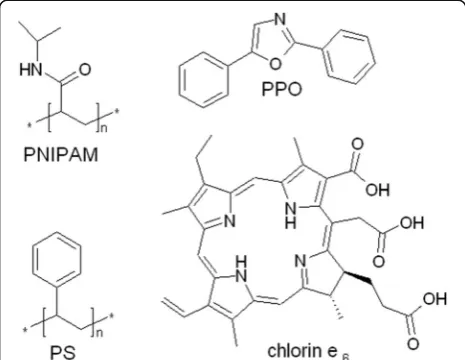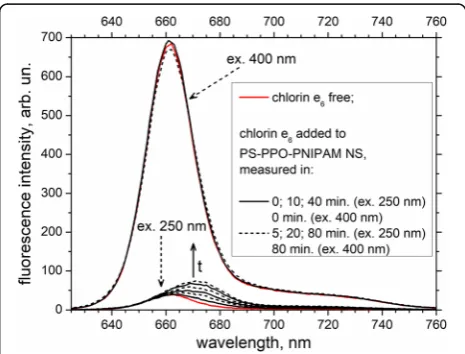Uptake of Chlorin e6 Photosensitizer by Polystyrene Diphenyloxazole Poly(N Isopropylacrylamide) Hybrid Nanosystem Studied by Electronic Excitation Energy Transfer
Full text
Figure




Related documents
Finding: Relative to their comparison communities, the five Fighting Back communities with concentrated efforts to reduce alcohol availability and increase substance use
According to our findings, the favouriting feature is currently being overly repurposed, because there are things that users cannot do in any other way; some users are consciously
Displayed in figures 4.14 and 4.15 are the scattered positron spectra for impact energies 100 and 60eV, respectively. Presented in figures 4.14a and 4.15a are the
Present work investigated long term chlorophyll pigment concentration, sea surface temperature variability using EOF and their correlation for the whole Caspian
“Existence and uniqueness of solution to a functional integro-differential fractional equation” Electronic Journal of Differential
Donor-advised funds (DAFs) are changing the mode of philanthropy in the United States. The lack of research on DAFs leaves nonprofit managers and policymakers with little
Method: Thirty-four families were randomized to one of three groups before their premature infant was discharged from the hospital to home health care: a control group
National public health associations supported research across a broad range of fields, while civil society health organisations reported priorities most frequently in health
